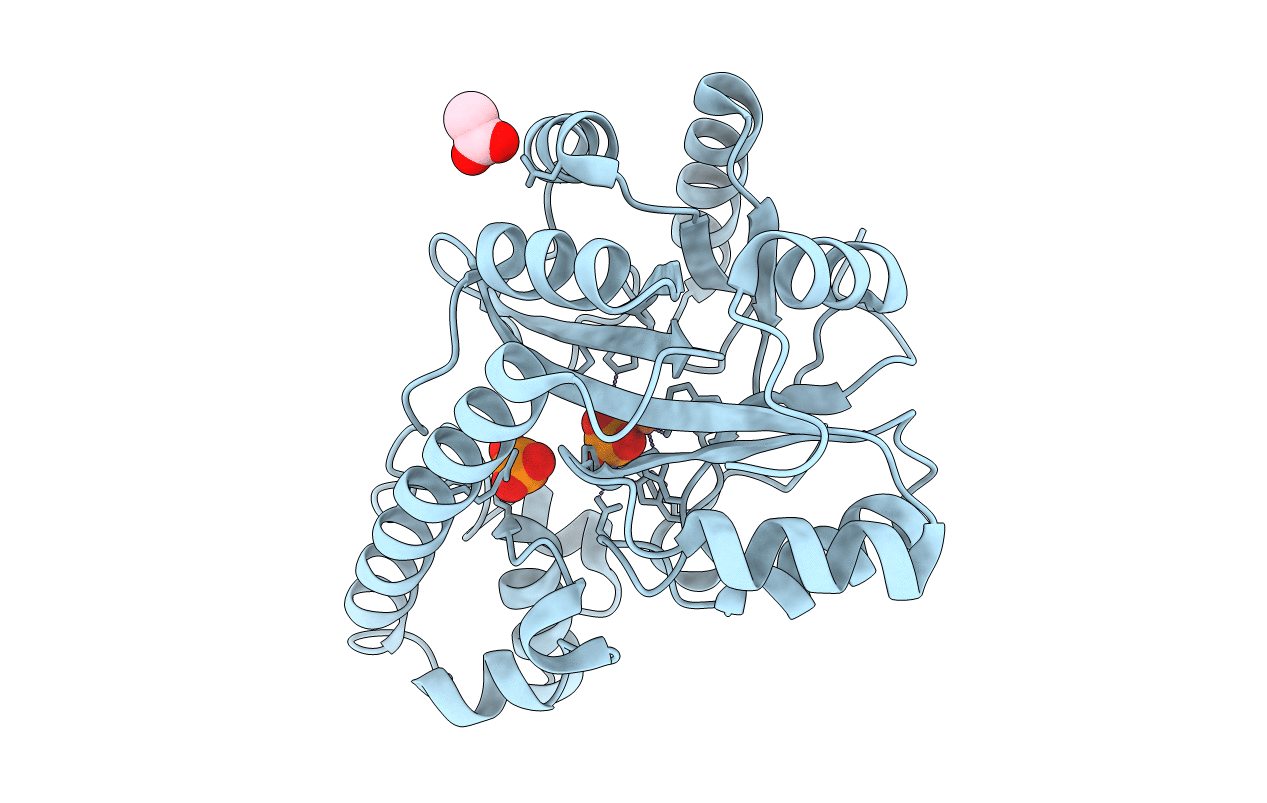
Deposition Date
2008-07-31
Release Date
2008-09-02
Last Version Date
2024-11-13
Entry Detail
PDB ID:
3E0F
Keywords:
Title:
Crystal structure of a putative metal-dependent phosphoesterase (bad_1165) from bifidobacterium adolescentis atcc 15703 at 2.40 A resolution
Biological Source:
Source Organism:
Bifidobacterium adolescentis ATCC 15703 (Taxon ID: 367928)
Host Organism:
Method Details:
Experimental Method:
Resolution:
2.40 Å
R-Value Free:
0.20
R-Value Work:
0.14
R-Value Observed:
0.15
Space Group:
P 65


